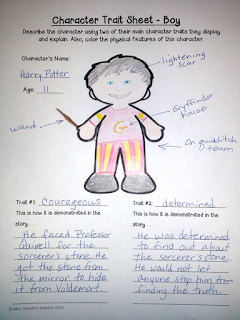Hi All!
Race the Wild: Rain Forest Relay is the first in the Kristin Earhart ecosystem series. I love
that it has several facts about the ecosystem and explains how they interact.
This is a great read for students in
grades 2 - 4. A brief overview for this book: This books starts off a race
through different ecosystems. This leg of the race occurs in the Amazon Rain
Forest, where along the way the reader will learn many different facts about
plants, animals, and other ecosystem parts (in this case about the Amazon
River). The story is focused around the Red team and its four members, Sage,
Dev, Russell, and Mari.
The main ideas students can take
away are:
1.
Interaction of different
parts of the rain forest.
2.
There are 4 main levels of
the rain forest.
3.
Wildlife facts about thing
such as the poison dart frog, squirrel cuckoo, capybara, three-toed sloth,
piranha, Amazon River dolphin, and more.
4.
Another aspect of the life
supported by the sacred kapok tree. (I think a teacher could even tie in an
additional book, The Great Kapok Tree, for additional lessons or
comparisons about the rain forest. I thought this was a good connection for my
classroom).
I created a literature unit that accompanies
this story. In it I included text evidence based comprehension questions,
character trait evidence, fact journal, expository writing, and more.
Thanks!
Erin Hansen

























